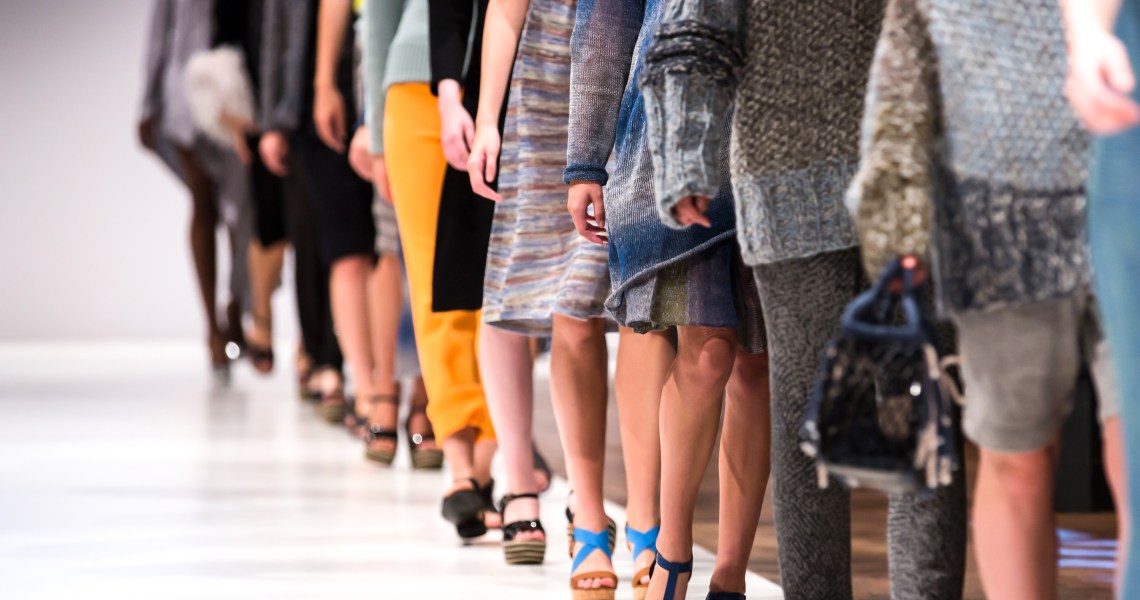Steve Denekas, Chief Creative Officer, BASIC/DEPT and Krista Harder, copywriter, BASIC/DEPT
For Gen Z, the rise of social media has decentralized and democratized beauty.
As an industry concept particular to this generation, beauty isn’t just about looks; it’s about what people do — and why. Beauty is purpose. It’s multifaceted and shaped by people’s interests — which are something close to infinite. Beauty is rooted in individuality and belonging — and not to just one thing, but to all of the communities encompassing Gen Z’s unique (and often hyper-specific) passions.
For Gen Z consumers on social media, beauty can range from “hot girl walks” to routines that help regain a sense of control in a chaotic time. In a world of algorithmic possibilities, Gen Zers are discovering pieces of themselves that they may not have stumbled upon before, let alone explored — hobbies, passions, causes. They’re creating colorful, rounded identities that bleed outward and change their very definition of beauty.
The definition of fitting in is changing — Gen Z craves relatability
Instead of worshiping out-of-touch celebrities fed to them by one-way mass media, Gen Z is idolizing and emulating online influencers like Sofia Richie, who leads a quiet, luxurious life without having to say it out loud or through logos.
Gen Z prefers to listen to down-to-earth influencers over false idols or models frozen in slick magazines. They would rather hear someone explain the best way to blend their foundation (in case they were never taught how).
Tutorials, personalized ads and influencer e-commerce links have made it easier to copy others, including it-girl influencers like Richie, to find a sense of belonging. But Gen Z also craves individuality. They put twists on others’ styles, not just replicating what they see but evolving the sub-cultures and trends that influence culture as a whole.
For Gen Z, even emulating others is a two-way conversation rather than a lecture.
Gen Z leans toward experimentation and more fluid fashion identities, creating a safe space in the process
Gen Z creates online communities that seem to say, “The outer world is burning, but this is a safe space to explore the worlds within each other.”
Fashion and cosplay allow them to indulge in all their different sides. One day they may dress as a fairy, and the next, in the style of dark academia. They try on different identities to find what feels best and most authentic in the current moment. They embrace fluidity and romanticism as they play with different styles with the suffix “-core,” such as “cottagecore,” “grandmacore” and even “clowncore.”
Fashion brands experimenting with these personas have a huge opportunity to tap into an authentic sense of joyful exploration. For example, Gucci recently collaborated with kids’ clothing company OshKosh B’Gosh to create a playful children’s collection where luxury meets the railway. The vintage stripes, iconic denim, retro colors and adorable wool coats make consumers feel as if they’ve been whisked into a high-fashion alternate reality of quaint centuries past.
Gen Z wants unexpected opportunities to try on different identities, personas and decades. Give them pirate, indie sleaze or “goblincore” — just don’t give them boring.
Building bridges between niches leads brands to connect more authentically with Gen Z
Gen Z thrives in specificity. They want to be part of something bigger, but they want to be their own main character.
Brands that blur lines and build bridges between passionate communities in unexpected ways can stand out and form real emotional bonds with consumers as they help their audiences explore their identities more holistically.
For example, brands can blur the boundaries between genders with looks beyond the binary. Or, they can blur the senses by exploring formats such as ASMR, which generates billions of views by using sound and often narratives to create a relaxing sensation. Additionally, brands can blur the lines between unexpected worlds, such as sports and luxury fashion, with hot items like the high-fashion home jersey Venezia Football Club created with Bureau Borsche and Kappa.
Brands get noticed when they build the niche bridges their audiences didn’t know they needed. After all, what’s more memorable — a cute makeup look or a cottagecore glam look inspired by Bridgerton and created with sustainable products?
Everyone is multifaceted, and so is beauty. Gen Z has embraced it, and so have the algorithms. It’s now time for the luxury brands to do the same.
Fashion and beauty brands will succeed, especially among Gen Z, when they set aside traditional beauty definitions and look to what younger generations find of value. How these generations express themselves and define their style is new and refreshing but different from what many luxury brands might be used to. However, if they want to capture the Gen Z audience, they’ll need to take a closer look at how Gen Z experiments with beauty and the fluidity with which they approach fashion.
Sponsored by BASIC/DEPT




